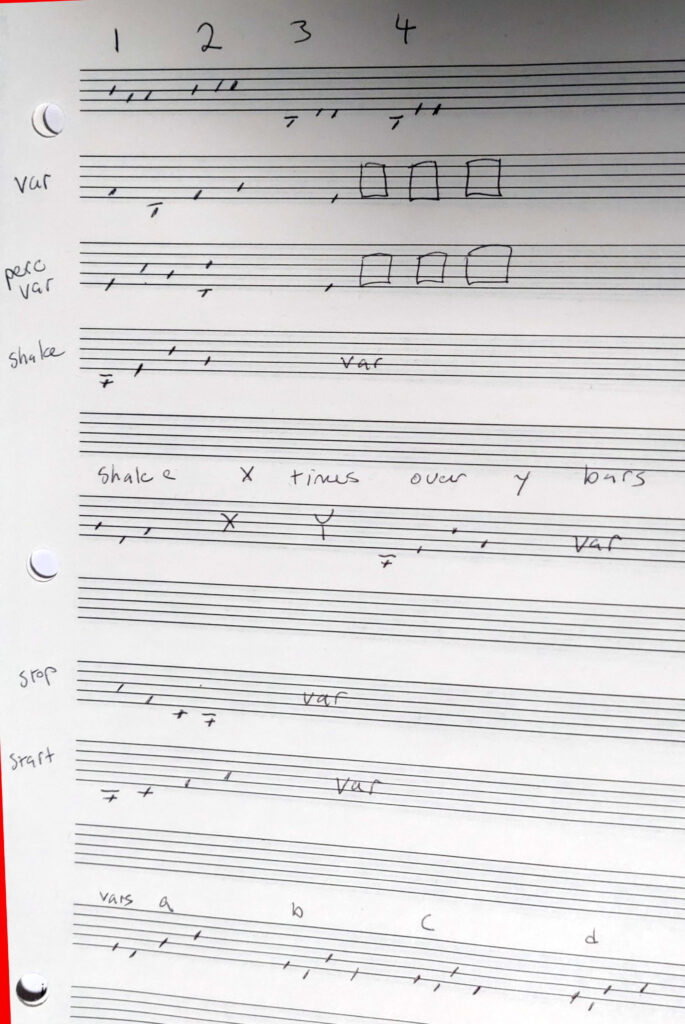live blogging AMRO
The Mediterranean isbecoming a militarised border.
Border Forensics is looking at border violence and policing. They are documenting this violence. They rely some on human rights reports and try to augment them with visible data. They are part of network of forensic organisations creating documentation and demanding investigation.
The “left to die” boat was a rubber raft that was tracked leaving Tripoli. They called for help and then entered the Maltese search and rescue zone. 9 out of 72 people died after their boat ran out of fuel and was left to drift for weeks until it drifted back to Tripoli. They had a legal right to assistance and.multiple contacts with state authorities.
A ship wreck in April of last year had 130 passengers which radioed for help and spoke to alarm phone. Alarm phone contacted the EU border frontex, who sighted the boat, but did not help. The Libyan coast card intercepted them and did not help. A merchant boat passed closeby but also didn’t help.
Merchabt boats began to search for them overnight, but nothing was seen until wreckage and bodies were found.
These cases were ten years apart. They were both in a highly surveiled area. Airplanes doing border patrol saw both boats.
There are no survivors from April and thus no witness testimony.
In those ten years, there’s been a shift from sea to sky. Aircraft are used to surveil, but can’t rescue people or bring them to Europe. The duty of rescue only legally applies to boats. The planes radio Libya who capture and mistreat the would-be migrants.
In 2014 Mare Nostrum saved thousands of lives but couldn’t get EU funding. Frontex Operation Tritone was cheaper and covered a smaller area. Their budget got bigger and bigger. In 2018 they launched a new mission, with far fewer naval assets, relying more and more on planes and drones.
Italy and the EU have paid Libya to increase its coverage area.
Frontex is difficult to research and its hard to FOI them.
The presence of drones but the absence of boats is a form of structural violence.
Policies and decisions are also not transparent.
Frontex’s drone is also hard to perceive.
There’s a link between aerial surveillance and increased interception. They want to map their data.
Cross referencing aerial data with geolocation data from the boat is a major technical challenge.
Frontex uses what’s app to contact the Libyan coast guard.
Frontex uses a heron drone. Its hard to tell if a drone has seen a boat on distress by looking at the track. The track also is fragmented. The drone thus escapes oversight.
Aerial surveillance was an infrastructure decision that shows a policy of structural violence. They attempt to escape accountability.
Activism and demanding accountability is the most usefulthing to do.
